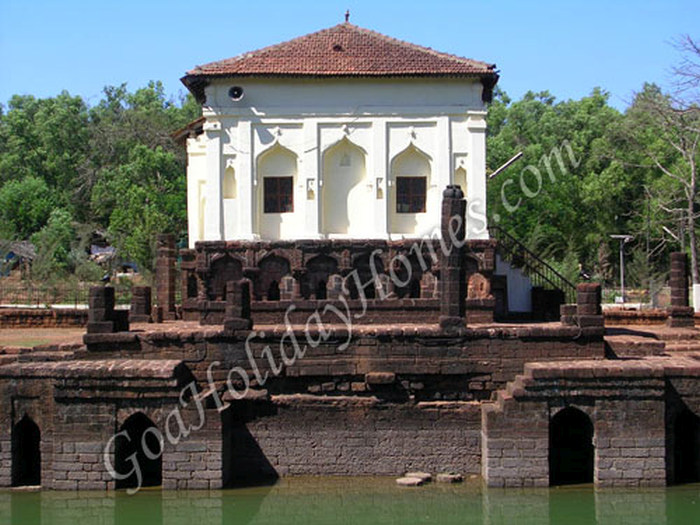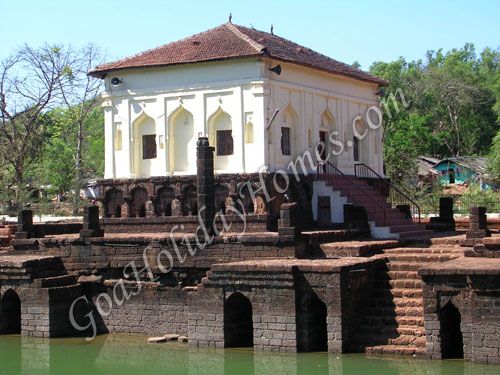The Muslims in Goa
In the 14th century, Muslim invasions led by the Delhi sultans Alauddin Khalji and Muhammed bin Tughlaq from North India against the Hindu Kingdoms of South India, intensified. The army of Aluddin's general, Malik Kafur destroyed Govepuri in 1312 and the Kadambas retreated to Chandrapur, their old capital which was reduced to rubble in 1327. The Muslim Bahamani kingdom captured Goa and carried out a policy of Hindu persecution in 1347.
Goa was wrested from the Muslims who were slaughtered by the Hindu kingdom of Vijaynagar in 1938. There was a Hindu cultural revival under its rule for the next 100 years and peace and prosperity prevailed. By trading horses for the Vijaynagar army, Goa grew rich. Where Old Goa now stands, a new port called Ela on the Mandovi River came into use at that time and the Zuari River had begun to set up.
The Bahamani kingdom recaptured Goa in 1470 and shifted the capital to Ela from the banks of the Zuari. After the kingdom split into four different states, Goa was passed into the hands of Bijapur in 1492. The port of Ela soon became a center of Indian Ocean trade after Yusuf Adil Shah; the Bijapur sultan turned it into his second capital. A magnificent palace at Ela, a two-storied summer retreat for his harem near a village called 'Panaji' as well as an elegant mosque was constructed by him. In 1510 when the Portuguese arrived in Goa, Bijapur Sultan Similar Adil Shah was on the throne.


